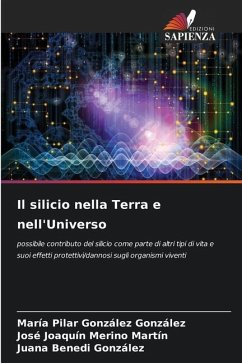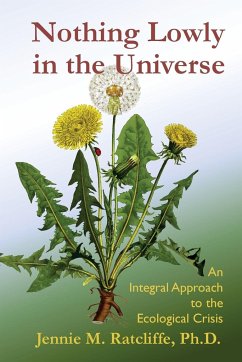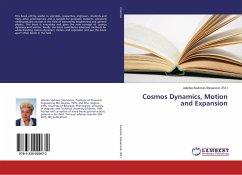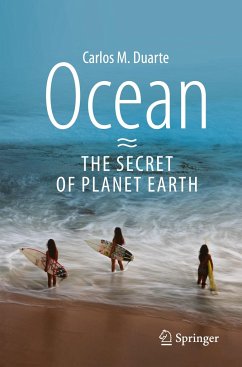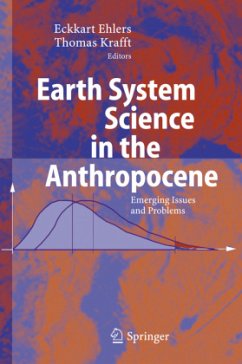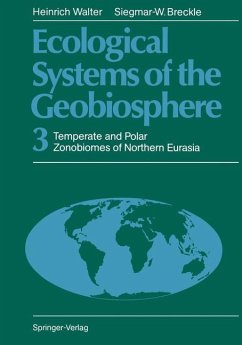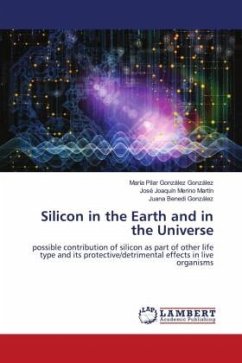
Silicon in the Earth and in the Universe
possible contribution of silicon as part of other life type and its protective/detrimental effects in live organisms
Versandkostenfrei!
Versandfertig in 6-10 Tagen
27,99 €
inkl. MwSt.

PAYBACK Punkte
14 °P sammeln!
This book analyzes the characteristics of silicon (Si) in the Earth as well as its beneficial and harmful effects in life organisms. Silicon is a metalloid chemistry very common in the universe. On the Earth, it takes the form of sand and minerals such as quartz, amethyst, emerald and others. Si has similar structures than carbon and form part of the skeleton of some organism. Some silicates have been hypothesized that participated in the genesis of the first cells, and several evidences suggest that Si is important for normal growth and biological function in a variety of plants, animals and ...
This book analyzes the characteristics of silicon (Si) in the Earth as well as its beneficial and harmful effects in life organisms. Silicon is a metalloid chemistry very common in the universe. On the Earth, it takes the form of sand and minerals such as quartz, amethyst, emerald and others. Si has similar structures than carbon and form part of the skeleton of some organism. Some silicates have been hypothesized that participated in the genesis of the first cells, and several evidences suggest that Si is important for normal growth and biological function in a variety of plants, animals and microbes. The way of life on Earth is based on carbon, water and with a biology based on photosynthesis by plants. The knowledge about life in the Earth is regulated by physical and chemistry laws; however, in other cold environmental may be another type of life based on other biochemistry laws. In this book we present:a) silicon on the Earth, b) the chemistry of silicon, c) the effect of silicon in living organisms such as diatoms, plants and even humans, d) the similarities and differences between Si and C, e) the possibility or no that Si could take part of other life forms.





